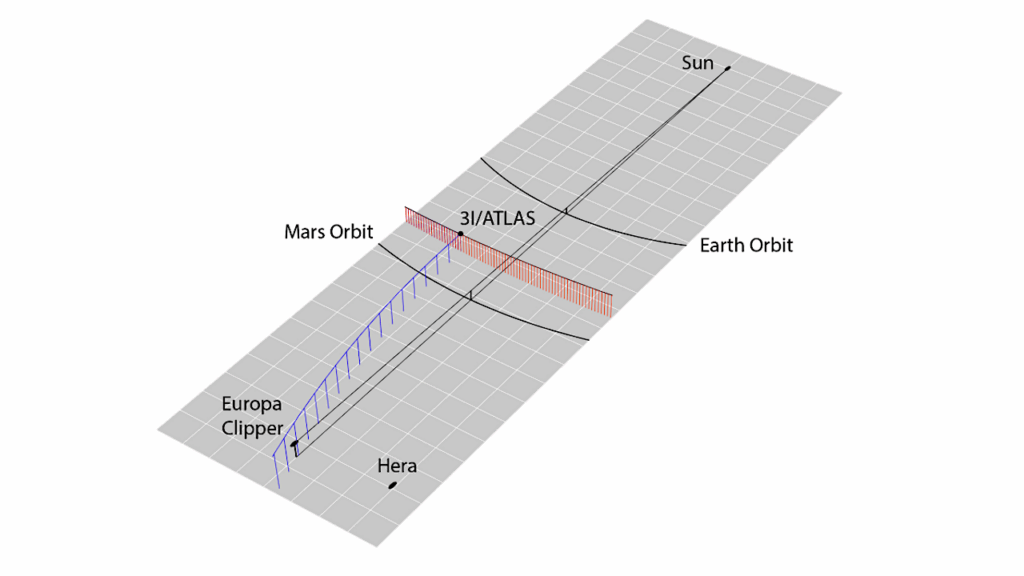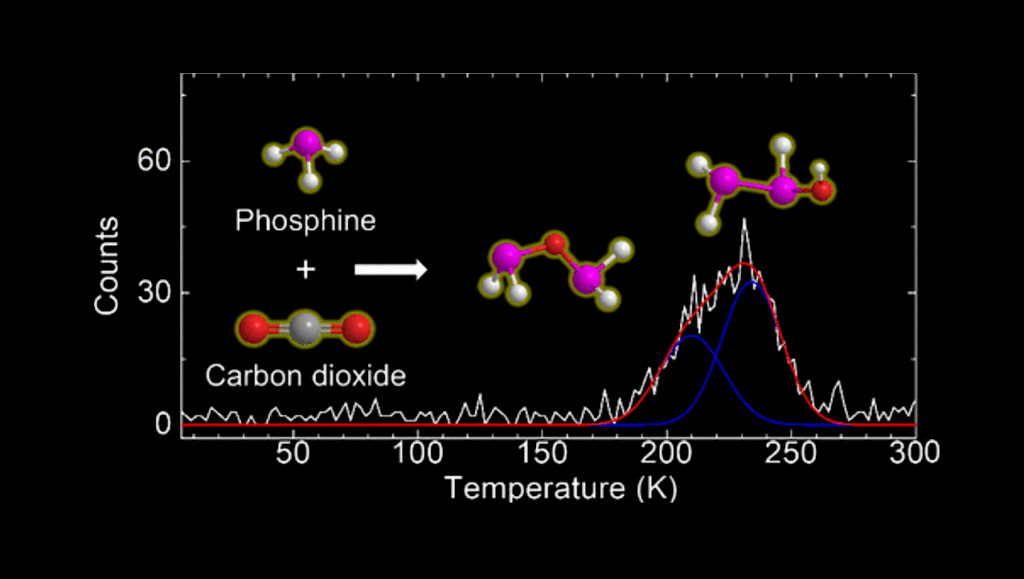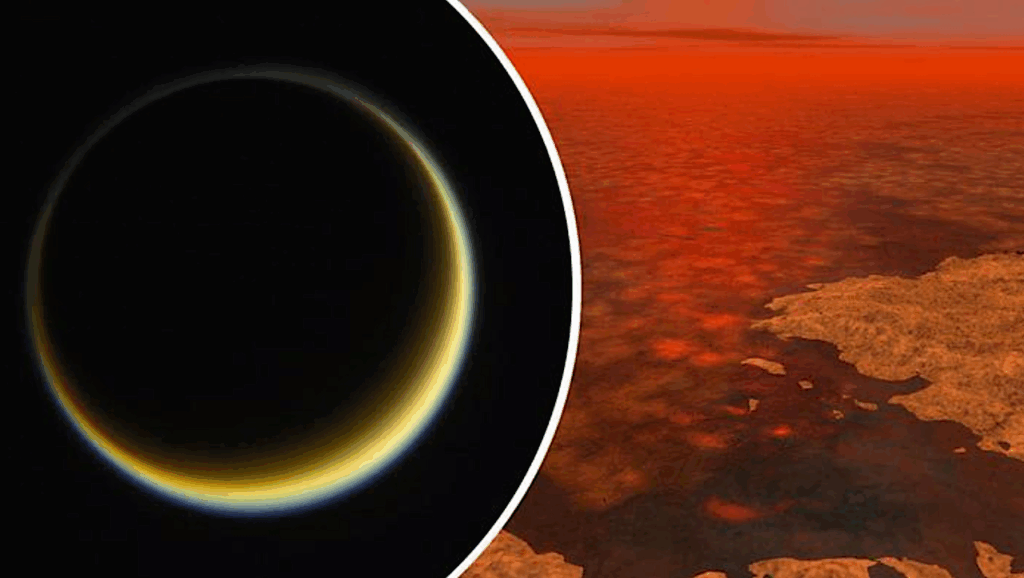Substantial Oxygen Detected In An Ancient Star's Atmosphere

An international team of astronomers from the University of California San Diego, the Instituto de Astrofísica de Canarias (IAC), and the University of Cambridge have detected large amounts of oxygen in the atmosphere of one of the oldest and most elementally depleted stars known — a “primitive star” scientists call J0815+4729.
This new finding, which was made using W. M. Keck Observatory on Maunakea in Hawaii to analyze the chemical makeup of the ancient star, provides an important clue on how oxygen and other important elements were produced in the first generations of stars in the universe. The results are published in the January 21, 2020, edition of the Astrophysical Journal Letters.
“This result is very exciting. It tells us about some of the earliest times in the universe by using stars in our cosmic backyard,” said Keck Observatory Chief Scientist John O’Meara. “I look forward to seeing more measurements like this one so we can better understand the earliest seeding of oxygen and other elements throughout the young universe.”
Oxygen is the third most abundant element in the universe after hydrogen and helium, and is essential for all forms of life on Earth, as the chemical basis of respiration and a building block of carbohydrates. It is also the main elemental component of the Earth’s crust. However, oxygen didn’t exist in the early universe; it is created through nuclear fusion reactions that occur deep inside the most massive stars, those with masses roughly 10 times the mass of the Sun or greater.
Tracing the early production of oxygen and other elements requires studying the oldest stars still in existence. J0815+4729 is one such star; it resides over 5,000 light-years away toward the constellation Lynx.
“Stars like J0815+4729 are referred to as halo stars,” explained UC San Diego astrophysicist Adam Burgasser, a co-author of the study. “This is due to their roughly spherical distribution around the Milky Way, as opposed to the more familiar flat disk of younger stars that include the Sun.”
Halo stars like J0815+4729 are truly ancient stars, allowing astronomers a peek into element production early in the history of the universe.
The research team observed J0815+4729 using Keck Observatory’s High-Resolution Echelle Spectrometer (HIRES) on the 10-meter Keck I telescope. The data, which required more than five hours of staring at the star over a single night, were used to measure the abundances of 16 chemical species in the star’s atmosphere, including oxygen.
“The primitive composition of the star indicates that it was formed during the first hundreds of millions of years after the Big Bang, possibly from the material expelled from the first supernovae of the Milky Way,” said Jonay González Hernández, Ramón y Cajal postdoctoral researcher and lead author of the study.
Keck Observatory’s HIRES data of the star revealed a very unusual chemical composition. While it has relatively large amounts of carbon, nitrogen, and oxygen — approximately 10, 8, and 3 percent of the abundances measured in the Sun — other elements like calcium and iron have abundances around one millionth that of the Sun. “Only a few such stars are known in the halo of our galaxy, but none have such an enormous amount of carbon, nitrogen, and oxygen compared to their iron content,” said David Aguado, a postdoctoral researcher at the University of Cambridge and co-author of the study.
The search for stars of this type involves dedicated projects that sift through hundreds of thousands of stellar spectra to uncover a few rare sources like J0815+4729, then follow-up observations to measure their chemical composition. This star was first identified in data obtained with the Sloan Digital Sky Survey (SDSS), then characterized by the IAC team in 2017 using the Grand Canary Telescope in La Palma, Spain.
“Thirty years ago, we started at the IAC to study the presence of oxygen in the oldest stars of the galaxy; those results had already indicated that this element was produced enormously in the first generations of supernovae. However, we could not imagine that we would find a case of enrichment as spectacular as that of this star,” noted Rafael Rebolo, IAC director and co-author of the study.
Reference:
“The Extreme CNO-Enhanced Composition of the Primitive Iron-Poor Dwarf Star J0815+4729,” Jonay I. González Hernández et al., 2020 Jan. 21, Astrophysical Journal Letters [https://iopscience.iop.org/article/10.3847/2041-8213/ab62ae, preprint: https://arxiv.org/abs/2001.07257].
About HIRES:
The High-Resolution Echelle Spectrometer (HIRES) produces spectra of single objects at very high spectral resolution, yet covering a wide wavelength range. It does this by separating the light into many “stripes” of spectra stacked across a mosaic of three large CCD detectors. HIRES is famous for finding exoplanets. Astronomers also use HIRES to study important astrophysical phenomena like distant galaxies and quasars, and find cosmological clues about the structure of the early universe, just after the Big Bang.
About W. M. Keck Observatory:
The W. M. Keck Observatory telescopes are among the most scientifically productive on Earth. The two, 10-meter optical/infrared telescopes on the summit of Maunakea on the Island of Hawaii feature a suite of advanced instruments including imagers, multi-object spectrographs, high-resolution spectrographs, integral-field spectrometers, and world-leading laser guide star adaptive optics systems.
Some of the data presented herein were obtained at Keck Observatory, which is a private 501(c) 3 non-profit organization operated as a scientific partnership among the California Institute of Technology, the University of California, and the National Aeronautics and Space Administration. The Observatory was made possible by the generous financial support of the W. M. Keck Foundation.
The authors wish to recognize and acknowledge the very significant cultural role and reverence that the summit of Maunakea has always had within the Native Hawaiian community. We are most fortunate to have the opportunity to conduct observations from this mountain.
Astrobiology, Astrochemistry








